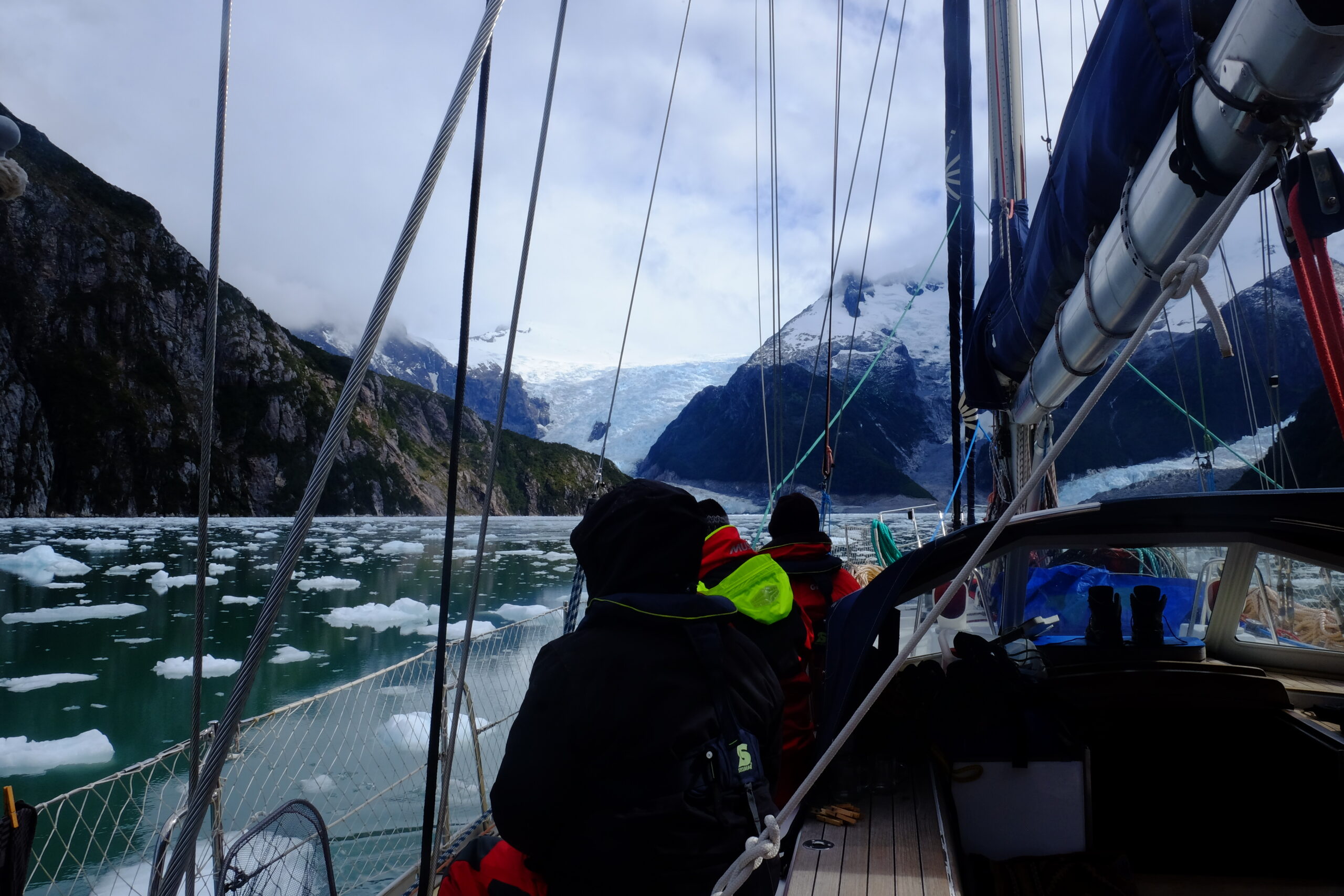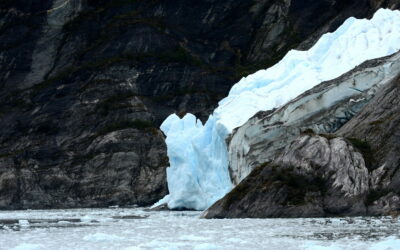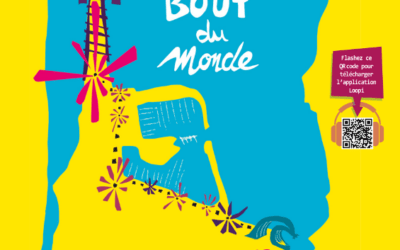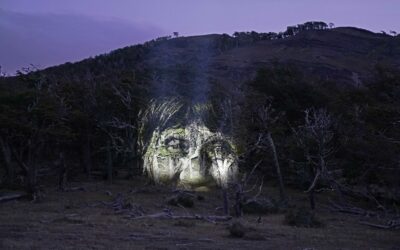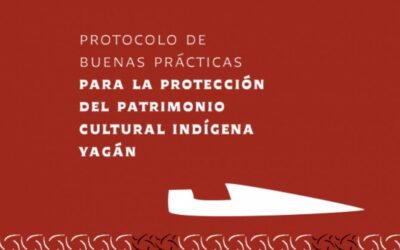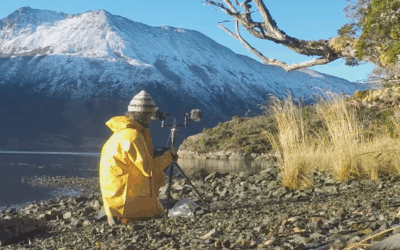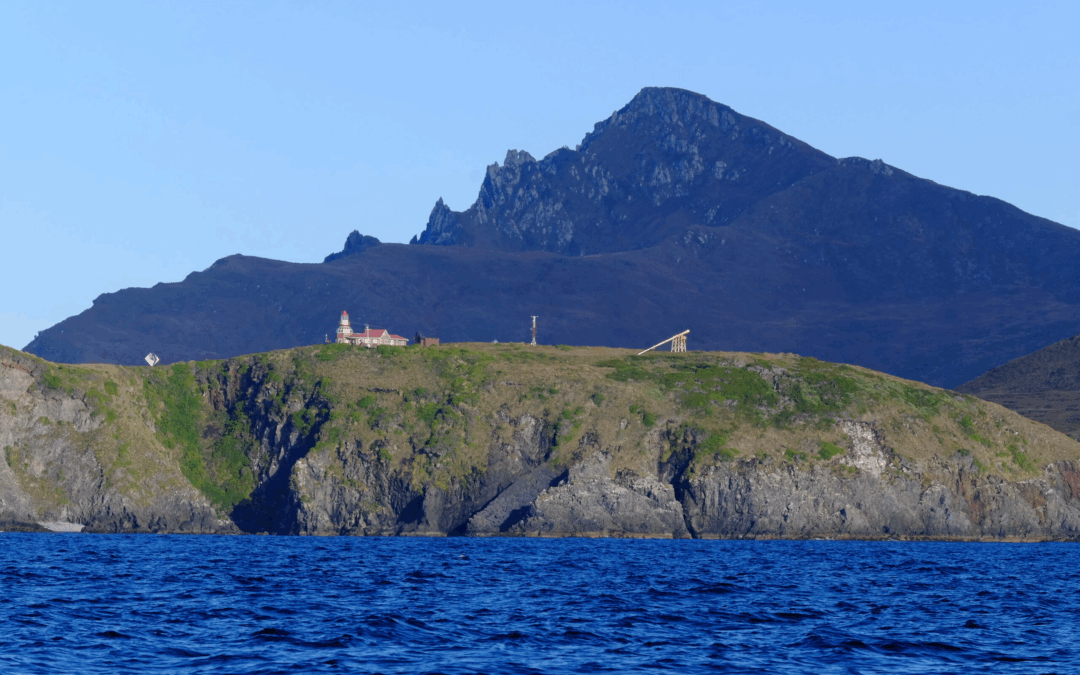
Indigenous peoples

Association Karukinka
Loi 1901 - d'intérêt général
Dernières nouvelles du bord
La Patagonie vous fait rêver ? Rejoignez l’aventure !
Ireland-Scotland, Transatlantic, Patagonia… The 2024-2025 sailing programme is online!
Hello everyone, As you may have noticed, the internship programme for the 2024-2025 season is online. Featuring coastal and offshore navigations north and south, there is something for everyone! Milagro is currently in Ireland and Scotland for coastal internships...
“Trip to the end of the world” from la Rochelle!
If you plan to go stop at La Rochelle this summer, don’t miss this trip to the end of the world! This sound and immersive fiction was created by Sébastien Laurier in collaboration with the Phare du bout du monde (Lighthouse of the end of the world) association and the...
Root people: « Between 5 to 6 % of mankind is preserving 80 % of the planet’s biodiversity » (We Planet, 06/06/2024)
On the occasion of the Green Shift Festival, held from 5th to 7th June in Monaco, Jorge Quilaqueo, a Mapuche Chaman, exchanged with Sabah Rahmani, an anthropologist journalist, and Hélène Collongues, anthropologist specialising in the Jivaro people. 6th June 2024, by...
Light art piece to recognize and repair the Selk’nam people (Obra lumínica por el reconocimiento y la reparación del pueblo selknam, El Mostrador, 2/2/2024)
Through travelling light projection, Corporation Traitraico and Delight Lab artists help highlight the depossession history of the Selk’nam people and the fight for their recognition and repair. Translated from Spanish – Article from the El Mostrador newspaper (Chile)...
Chile adds the Selk’nam people to the list of Indigenous Peoples recognized by the State (source: Chile Deputee Chamber website, September 4, 2023)
https://www.camara.cl/cms/noticias/2023/09/04/pueblo-selknam-es-incluido-entre-las-etnias-indigenas-reconocidas-por-el-estado Translated from Spanish The Assembly has approved a bill to add the Selk’nam people among the list of Indigenous Ethnic Groups recognized by...
The Yaghan people’s approach to preserving their cultural heritage
A protocol of good practices for the protection of Yaghan indigenous cultural heritage The Yaghan people, an ancestral community of the Patagonian channels, developed a revolutionary protocol in 2017 to protect their cultural heritage. This initiative, led by the...
Waves, winds, animals… In Patagonia, Lauriane Lemasson collects the sounds of a forgotten world (Géo Aventure, by Sébastien Desurmont, March 6, 2020)
Ethno-acoustician Lauriane Lemasson is passionate about the relationships that peoples weave with their sonic environment. Her profession drives her, microphone in hand, to brave the harsh expanses of Patagonia. Her goal: to better understand the settlement dynamics...
The mysterious archaeological discovery in Tolhuin: the municipality has not explained what was found (InfoTDF, 19/2/2024)
Archaeological Research in Patagonia: Tolhuin, in Argentine Tierra del Fuego On the road leading to Cerro Michi, a team of archaeologists from GIATMA (affiliated with CADIC-CONICET) made a significant discovery: during fieldwork, the archaeologists found materials and...
Pueblos Originarios fueguinos estarán presentes en Francia, en un nuevo evento internacional sobre Cultura de los Pueblos Originarios (Gobierno de Tierra del Fuego, 4 de octubre de 2019)
Representantes de las comunidades de pueblos originarios de Tierra del Fuego viajan a Francia a exponer sobre sus culturas ancestrales, en el marco del mes de la ciencia y la cultura que se desarrolla en ese país. El 2019 fue declarado por la ONU el Año internacional...
Touching tribute from Magallanes University to Cristina Calderon, the representative of the Yagan people
As part of its birthday's activities, the Magallanes University organized a grateful tribute to the last yagan speaker, Cristina Calderón. Photograph of Luisa Villablanca For the 53rd birthday of the Magallanes University(UMAG), the regional department of high...
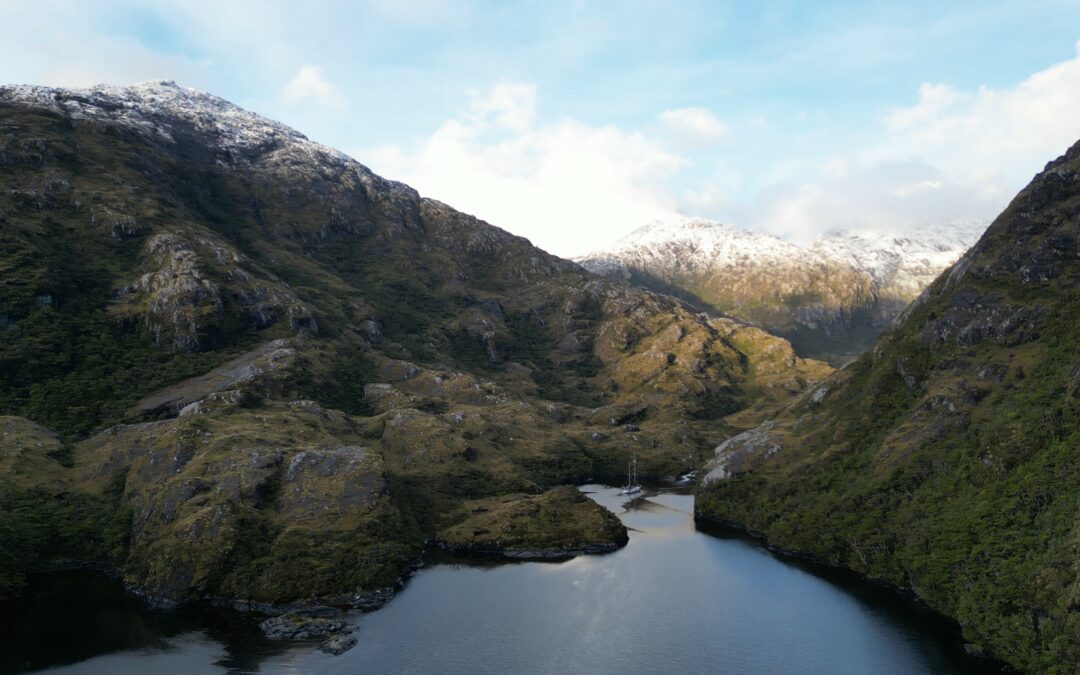
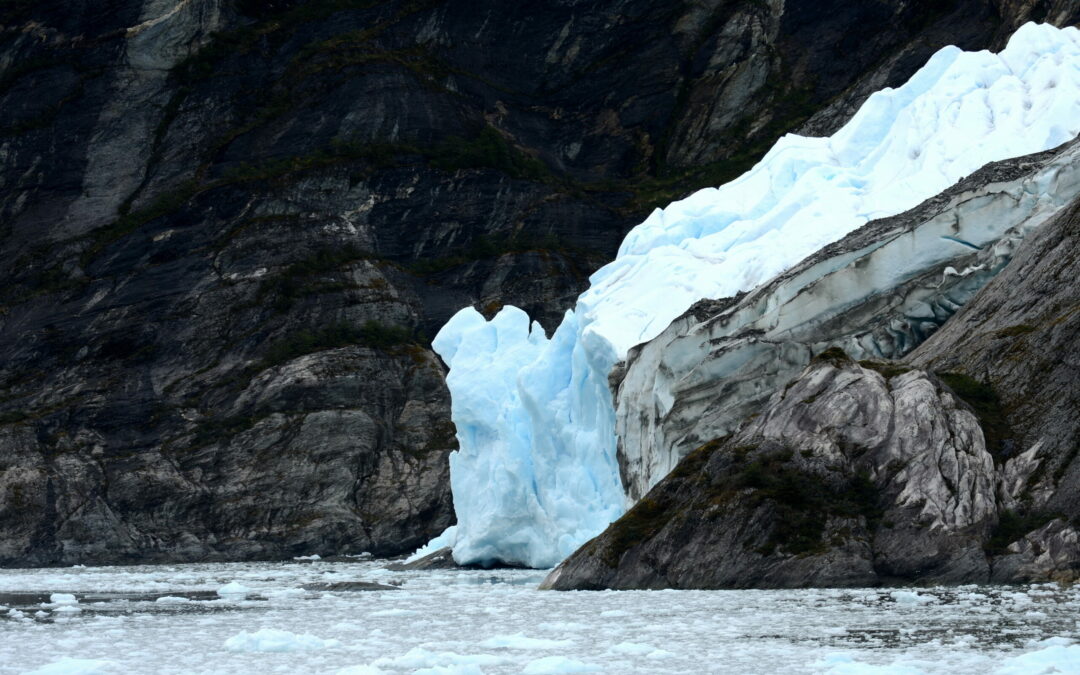
![[#8 – Ireland–Scotland 2024] from Loch Buie to the sacred Isle of Iona](https://karukinka.eu/wp-content/uploads/2024/07/Iona_LL-1080x675.jpg)
